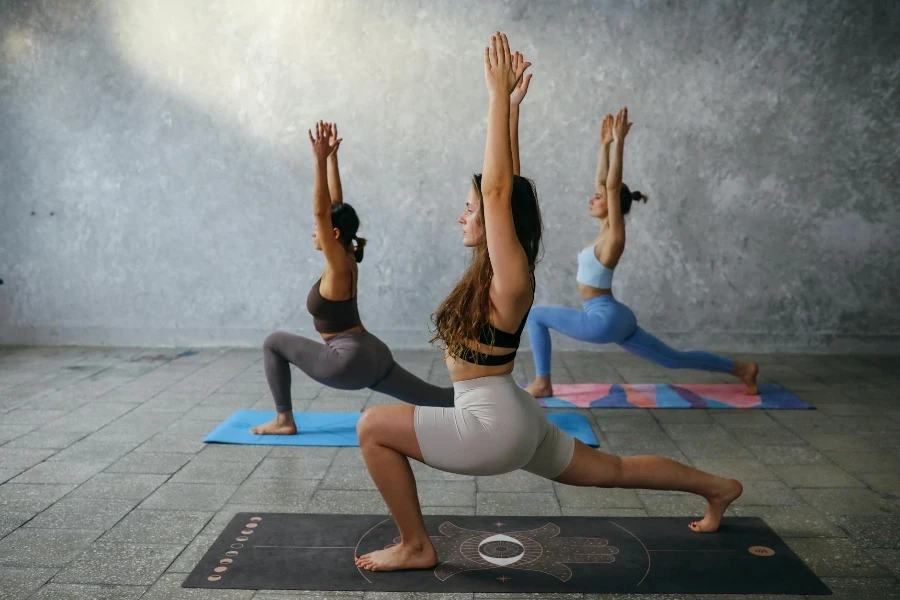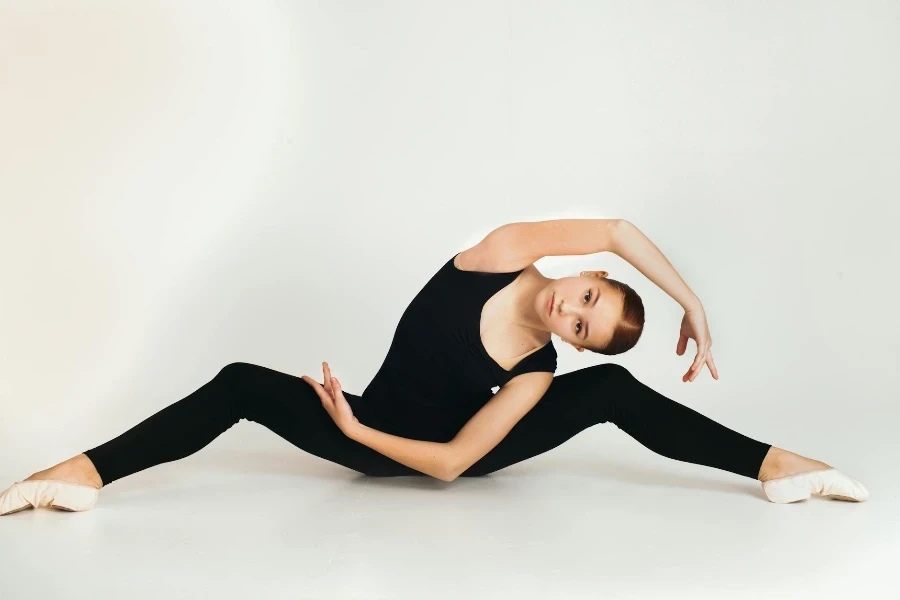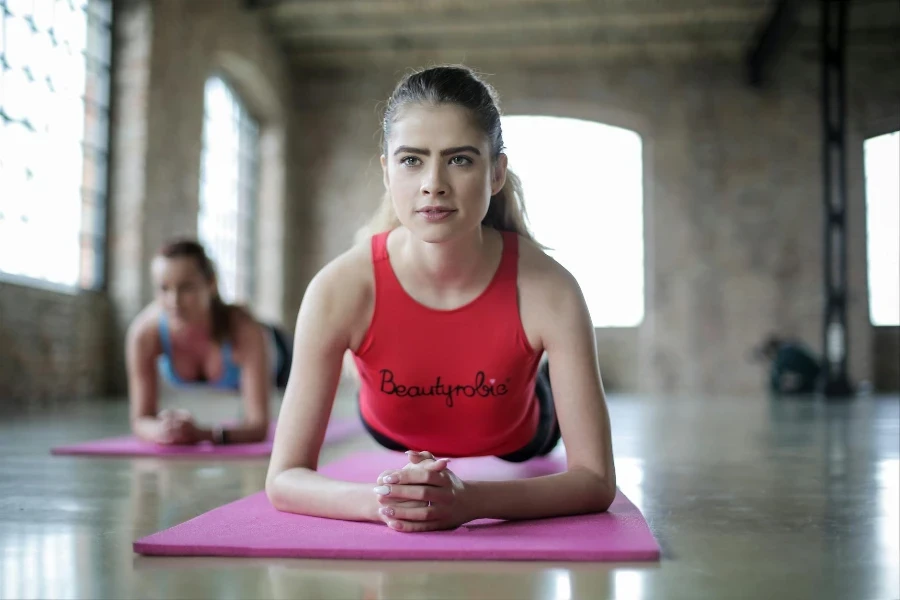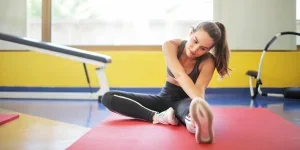Embarking on a fitness journey can often feel like navigating through a maze of countless workout routines, each promising significant results. Among these, Pilates exercises stand out as a holistic approach to strengthening, toning, and improving flexibility. This guide aims to demystify Pilates for beginners and seasoned athletes alike, offering insights into its benefits, essential techniques, and practical tips to integrate Pilates into your daily routine effectively.
Table of Contents:
– Understanding Pilates and Its Core Principles
– The Top Pilates Exercises for Beginners
– Incorporating Pilates into Your Workout Routine
– Overcoming Common Pilates Challenges
– Tips for Enhancing Your Pilates Experience
Understanding Pilates and its core principles

Pilates, a mind-body exercise developed in the early 20th century by Joseph Pilates, focuses on strengthening the body’s core through controlled movements and breathing. Its core principles – concentration, control, centering, flow, precision, and breathing – are essential in achieving the utmost benefit from each session. Understanding these principles can significantly impact your practice, transforming routine exercises into a powerful tool for enhancing physical and mental well-being.
The top Pilates exercises for beginners

For those new to Pilates, starting with the basics is crucial. Exercises such as the Pilates Hundred, Roll-Up, and Single Leg Circles offer an excellent foundation, focusing on core strength, flexibility, and control. These exercises are designed to introduce beginners to the concept of mindful movement, emphasizing the quality of movement over quantity. Incorporating these exercises into your routine can lay a solid foundation for more advanced Pilates work.
Incorporating Pilates into your workout routine

Integrating Pilates exercises into your existing workout regimen can enhance your overall fitness by improving posture, flexibility, and core strength. It complements high-impact exercises, such as running or weightlifting, by providing balance and reducing the risk of injury. Pilates can be practiced daily or a few times a week, depending on your fitness goals and schedule. The key is consistency and listening to your body to reap the maximum benefits.
Overcoming common Pilates challenges

One of the most common challenges faced by those new to Pilates is mastering the art of controlled, mindful movement. It can be tempting to rush through the exercises without paying attention to form or breathing. However, patience and practice are vital. Another challenge is the misconception that Pilates is easy or only for those who are already fit. Pilates is accessible to individuals of all fitness levels and can be adapted to meet various needs and goals.
Tips for enhancing your Pilates experience

To maximize the benefits of your Pilates exercises, consider incorporating the following tips into your practice: focus on quality over quantity, be consistent, and use breath to guide your movements. Additionally, setting realistic goals and tracking your progress can keep you motivated. Remember, Pilates is a journey, not a destination, and embracing each step of the process can significantly enhance your overall experience.
Conclusion:
Pilates exercises offer a unique approach to fitness that emphasizes mind-body connection, core strength, and flexibility. By understanding its core principles, starting with basic exercises, and incorporating Pilates into your routine, you can overcome common challenges and enhance your fitness journey. Remember, the key to a successful Pilates practice lies in consistency, patience, and a willingness to embrace the process.




